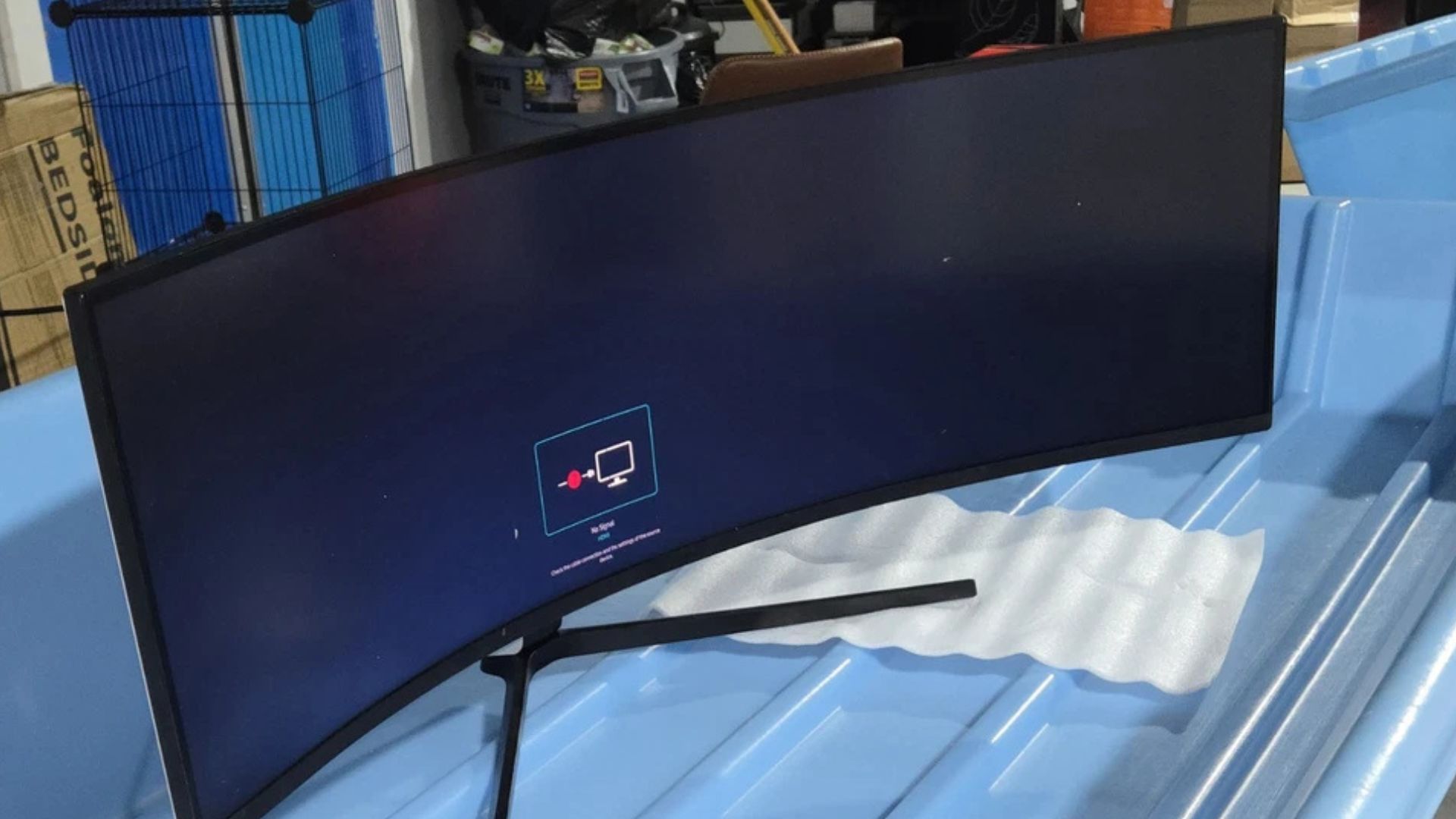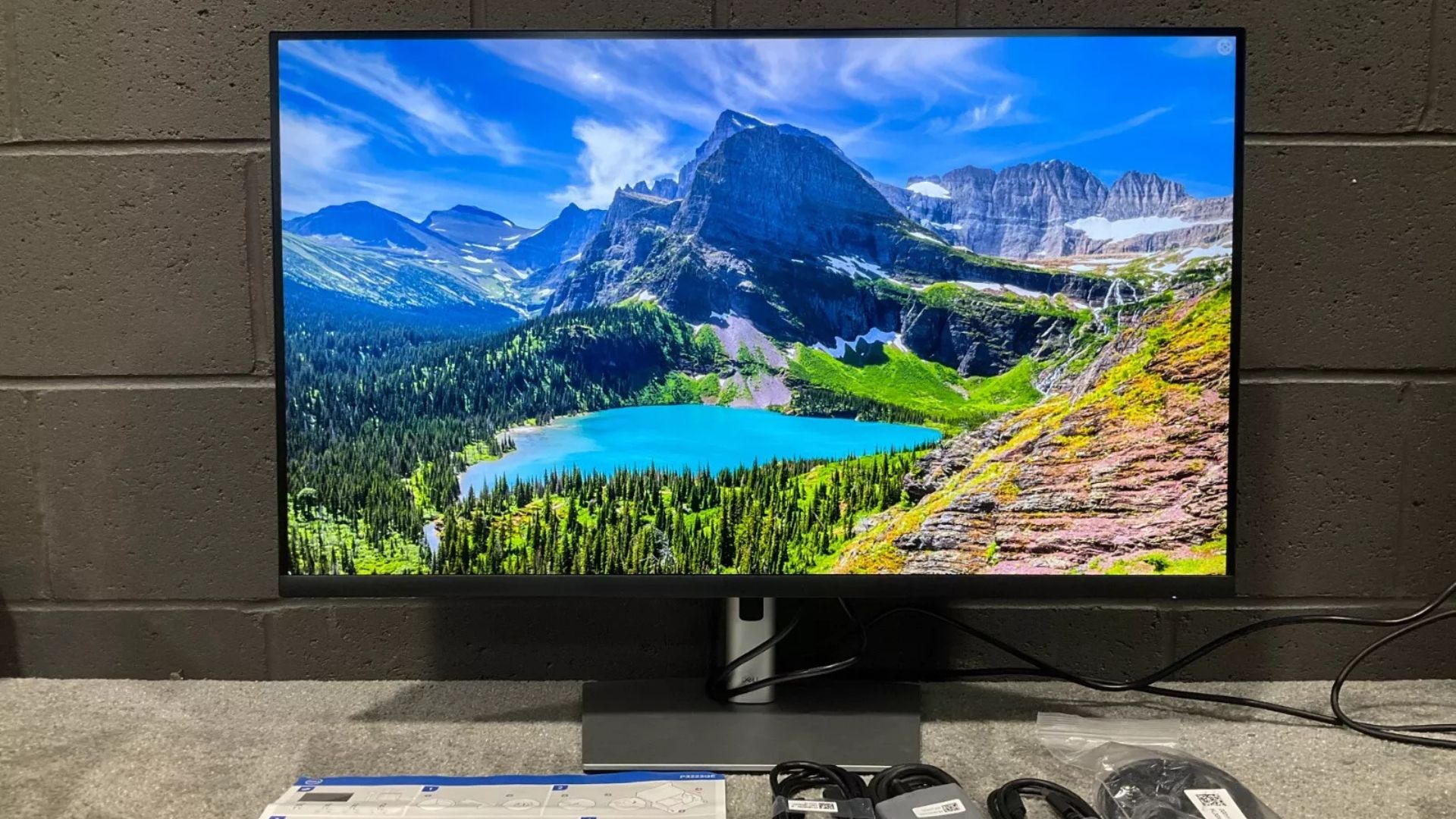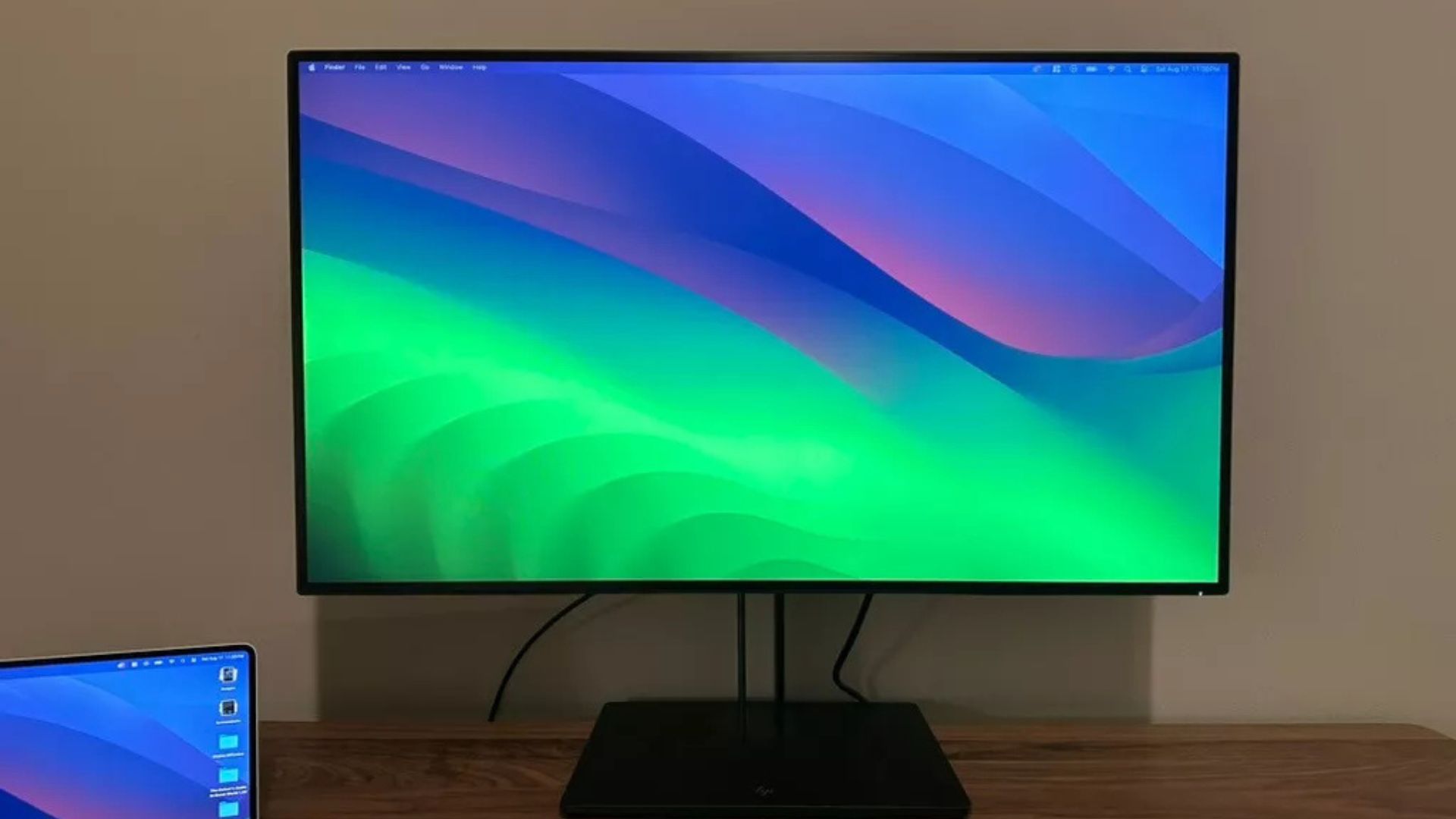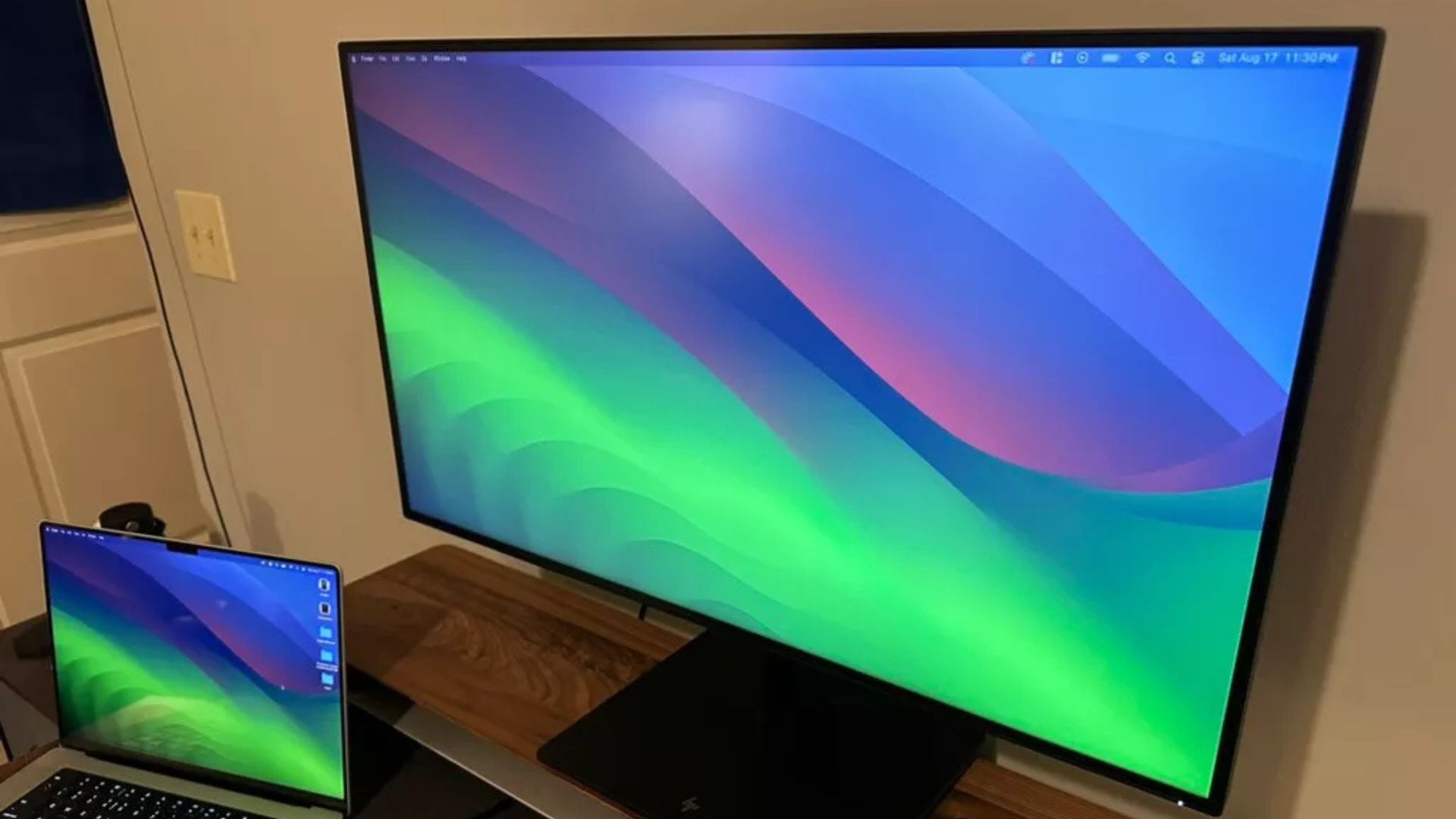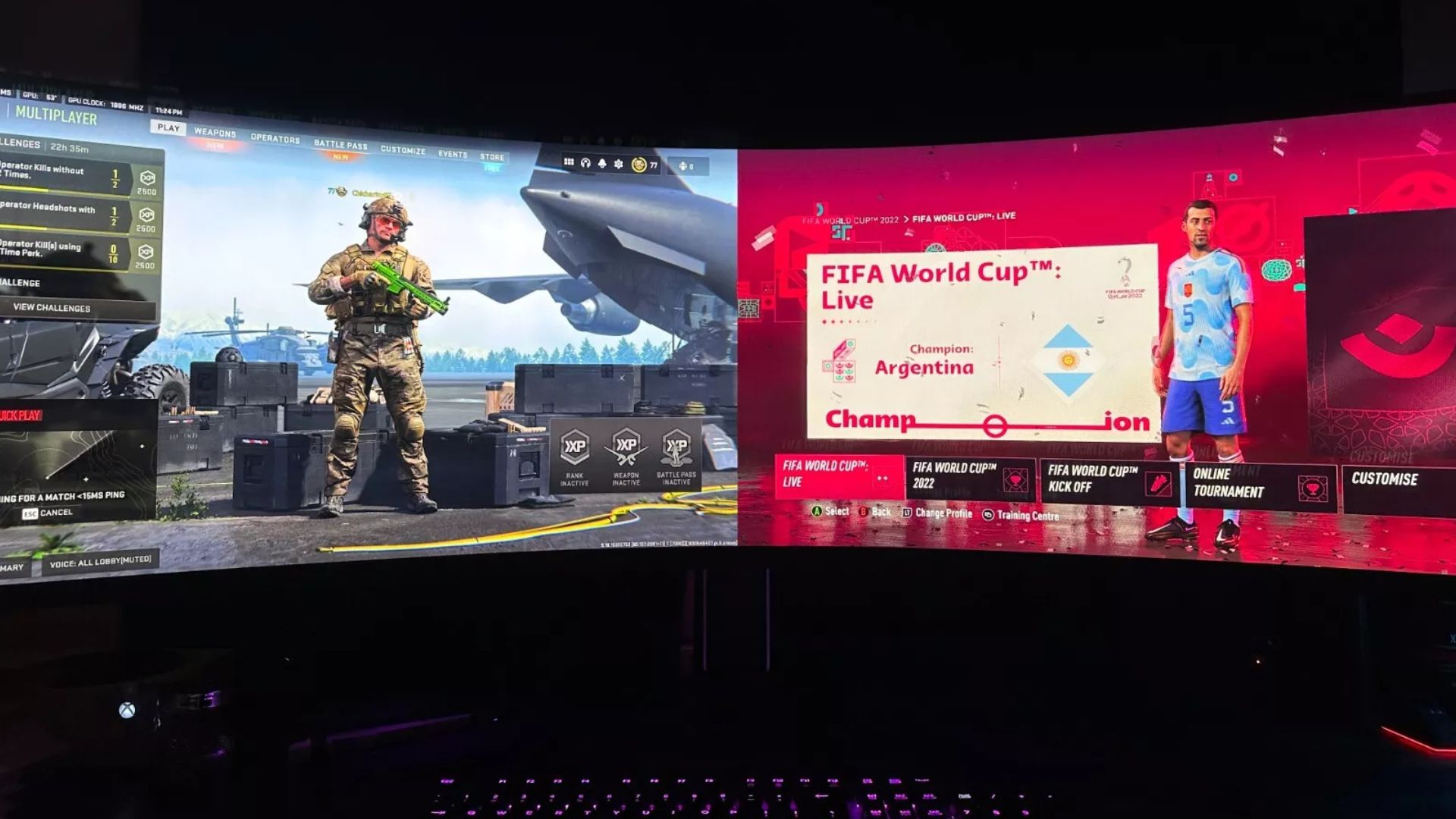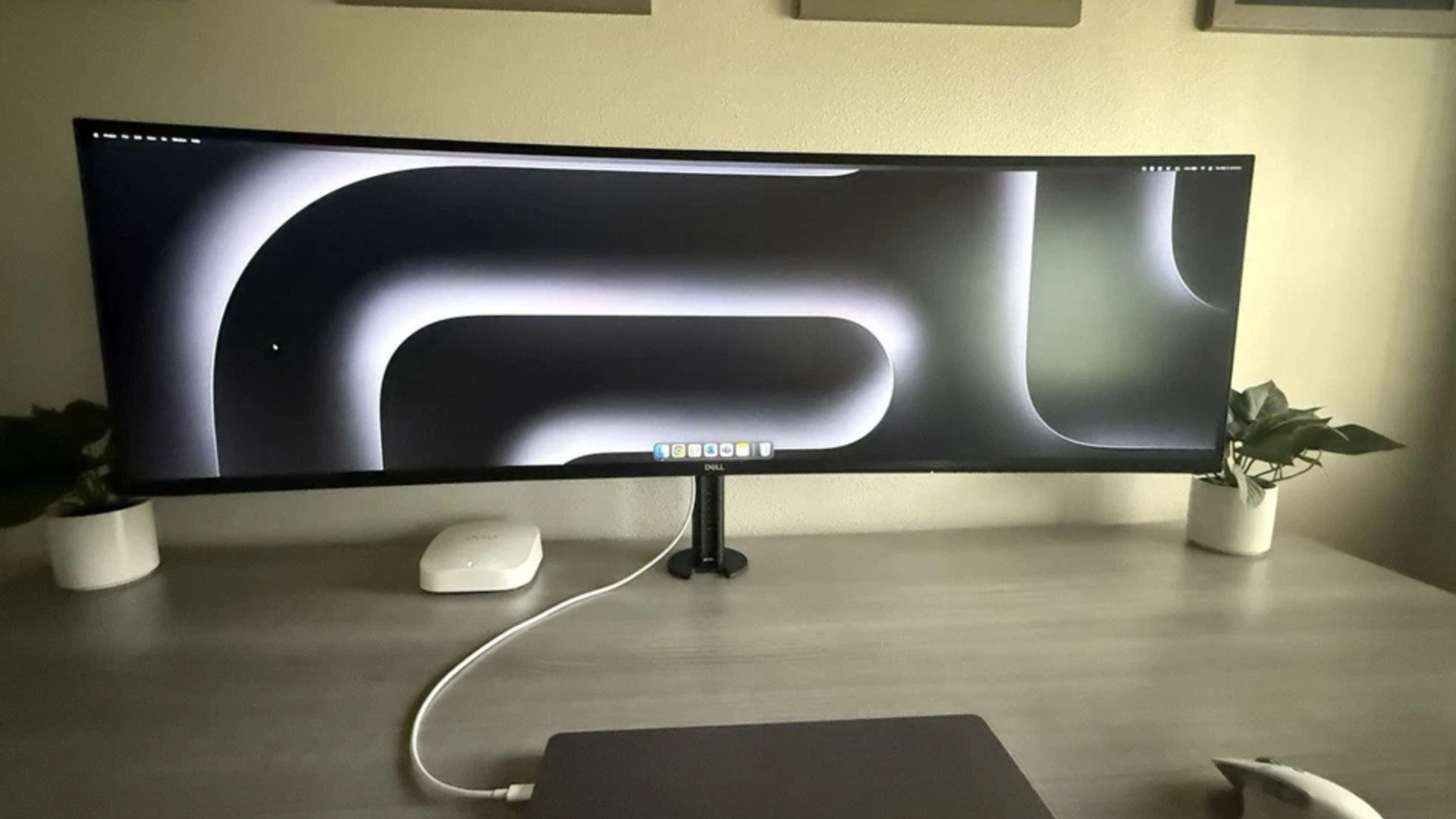Are you wondering, “What does 5K resolution mean for daily use?” You’re not alone. Many people search for clear answers about this high-definition display technology. In short, 5K resolution refers to a screen with approximately 5,000 pixels across its width, delivering sharp, vivid visuals.
For daily tasks—like working, streaming, or gaming—this resolution offers exceptional clarity and detail. This blog post explains what 5K resolution is, how it works, and why it matters for your everyday life. Let’s dive in.
What Is 5K Resolution? A Simple Definition
5K resolution describes a display with a horizontal pixel count of around 5,120 pixels. Typically, it pairs with a vertical resolution of 2,880 pixels, written as 5120×2880. This setup provides over 14 million individual pixels—far more than 4K (3840×2160) or Full HD (1920×1080).
More pixels mean sharper images and finer details. For comparison, 5K offers about 33% more pixels than 4K, making it a top choice for professionals and tech enthusiasts.
How 5K Resolution Enhances Daily Use
So, how does 5K resolution impact your routine? It excels in multiple scenarios. For work, it provides extra screen space to multitask efficiently. For entertainment, it delivers crisp visuals that make movies and games pop. Even casual browsing feels smoother with text and images appearing razor-sharp. Below, we explore its key benefits for daily activities.
Work and Productivity
Professionals love 5K displays. Graphic designers, video editors, and programmers benefit from the added clarity. You can view intricate details in images or code without zooming in. Plus, the wider workspace lets you keep multiple windows open side by side. Research from DisplaySpecifications shows that 5K monitors reduce eye strain by minimizing pixelation, improving focus during long hours.
Entertainment and Streaming
Watching content in 5K is a game-changer. Movies and TV shows reveal textures and colors that lower resolutions miss. Streaming platforms like Netflix and YouTube now support high-resolution playback, and a 5K screen maximizes that quality. For gamers, fast-paced action looks fluid and immersive, especially on larger displays.
Everyday Browsing and Reading
Even simple tasks shine with 5K. Web pages load with crisp fonts and vivid images. Reading articles or e-books becomes more comfortable because text edges stay smooth. This clarity reduces fatigue, making your screen time more enjoyable.
5K Resolution vs. Other Resolutions: A Quick Comparison
To understand 5K’s value, let’s compare it to common resolutions. The table below breaks it down clearly.
|
Resolution
|
Pixel Count (Horizontal x Vertical)
|
Total Pixels
|
Best For
|
|---|---|---|---|
|
Full HD (1080p)
|
1920 x 1080
|
2.1 million
|
Basic browsing, older devices
|
|
4K (Ultra HD)
|
3840 x 2160
|
8.3 million
|
Streaming, gaming, work
|
|
5K
|
5120 x 2880
|
14.7 million
|
Professional tasks, premium entertainment
|
As you can see, 5K outshines lower resolutions in pixel density. However, it sits below 8K (7680×4320), which is less common for daily use due to its high cost and limited content availability.
Practical Considerations for Using 5K Displays
Before jumping into 5K, consider a few factors. First, your device needs enough power. A strong graphics card, like an NVIDIA RTX 3060 or better, ensures smooth performance.
Second, content matters. Not all apps or videos support 5K yet, though compatibility grows yearly. Finally, 5K monitors cost more—expect to pay $500 to $1,500 depending on size and brand.
Why 5K Matters for the Future
Technology keeps evolving. As screens get larger and sharper, 5K strikes a balance between quality and practicality. It’s ideal for today’s needs while preparing you for tomorrow’s innovations.
For instance, Apple’s 5K Retina displays, introduced with the iMac in 2014, set a benchmark for excellence that still holds strong. Moving forward, expect more devices to adopt this standard.


